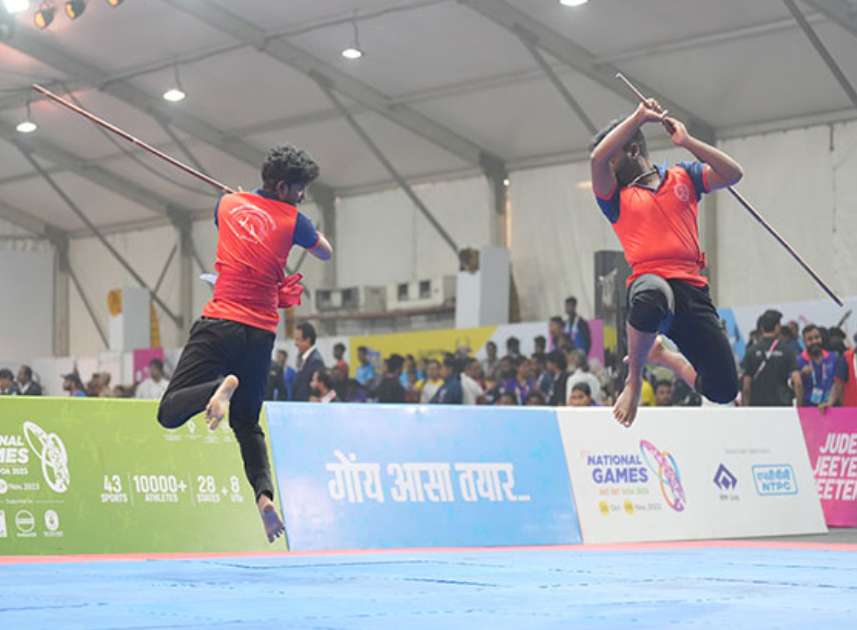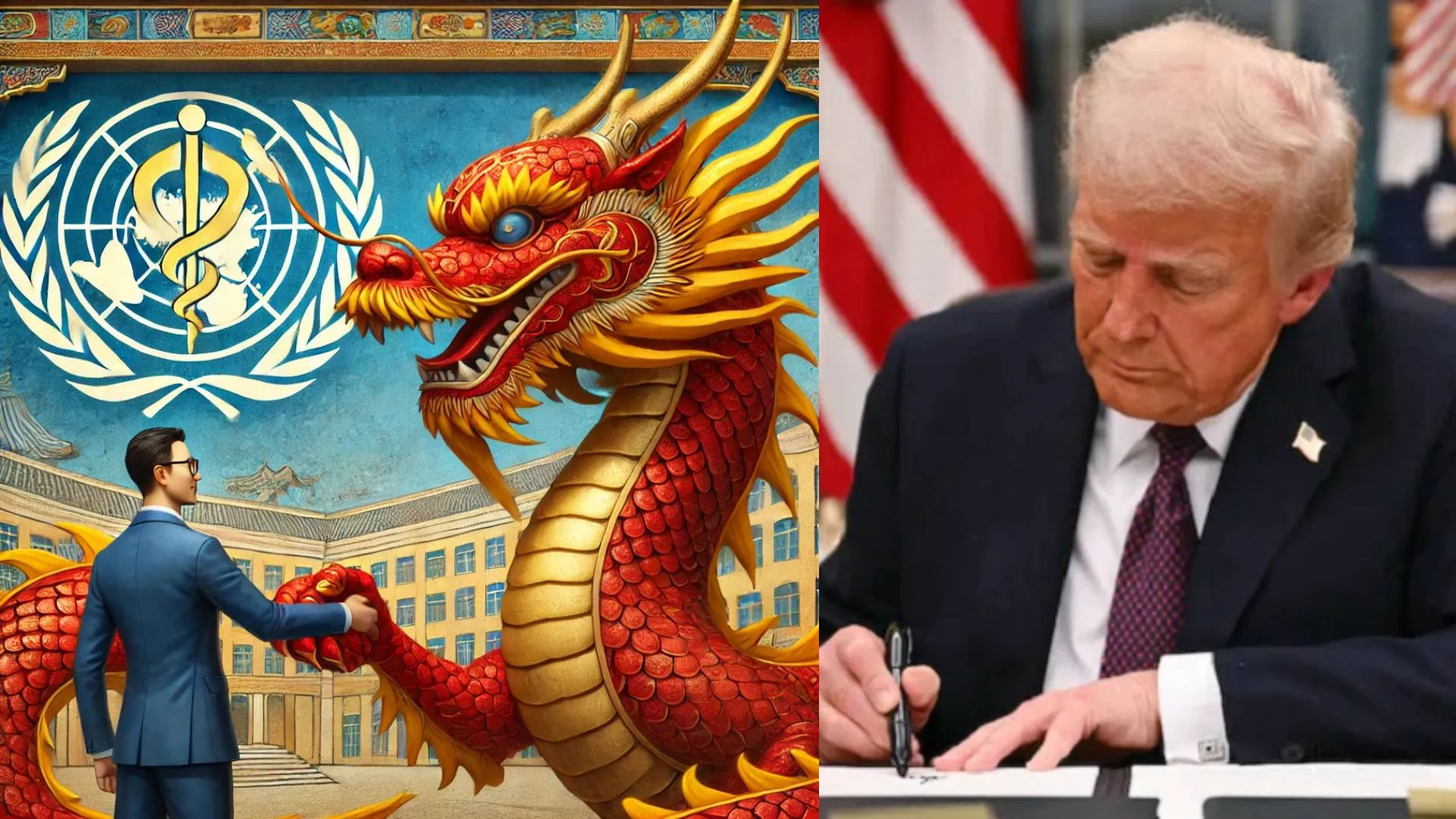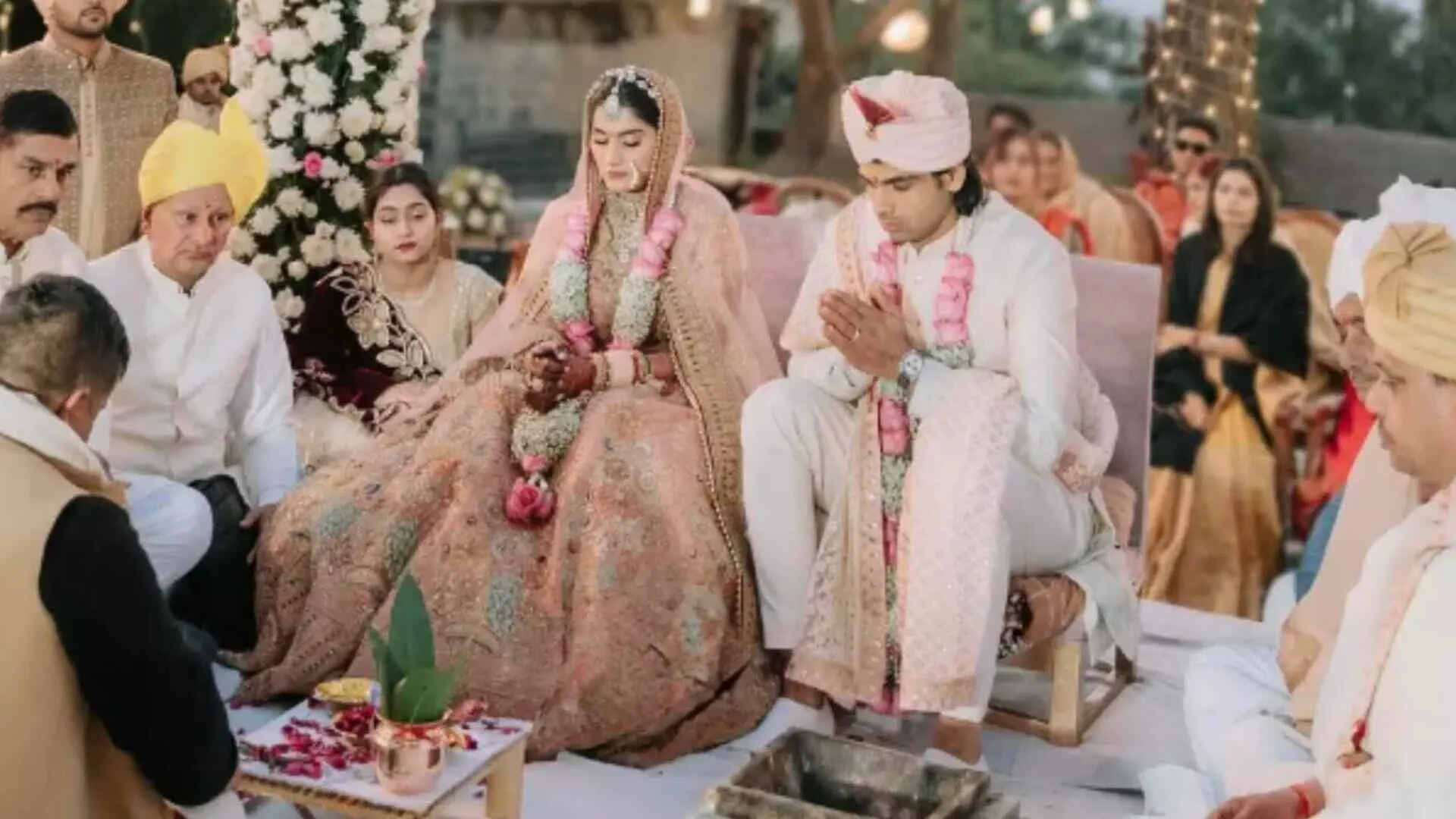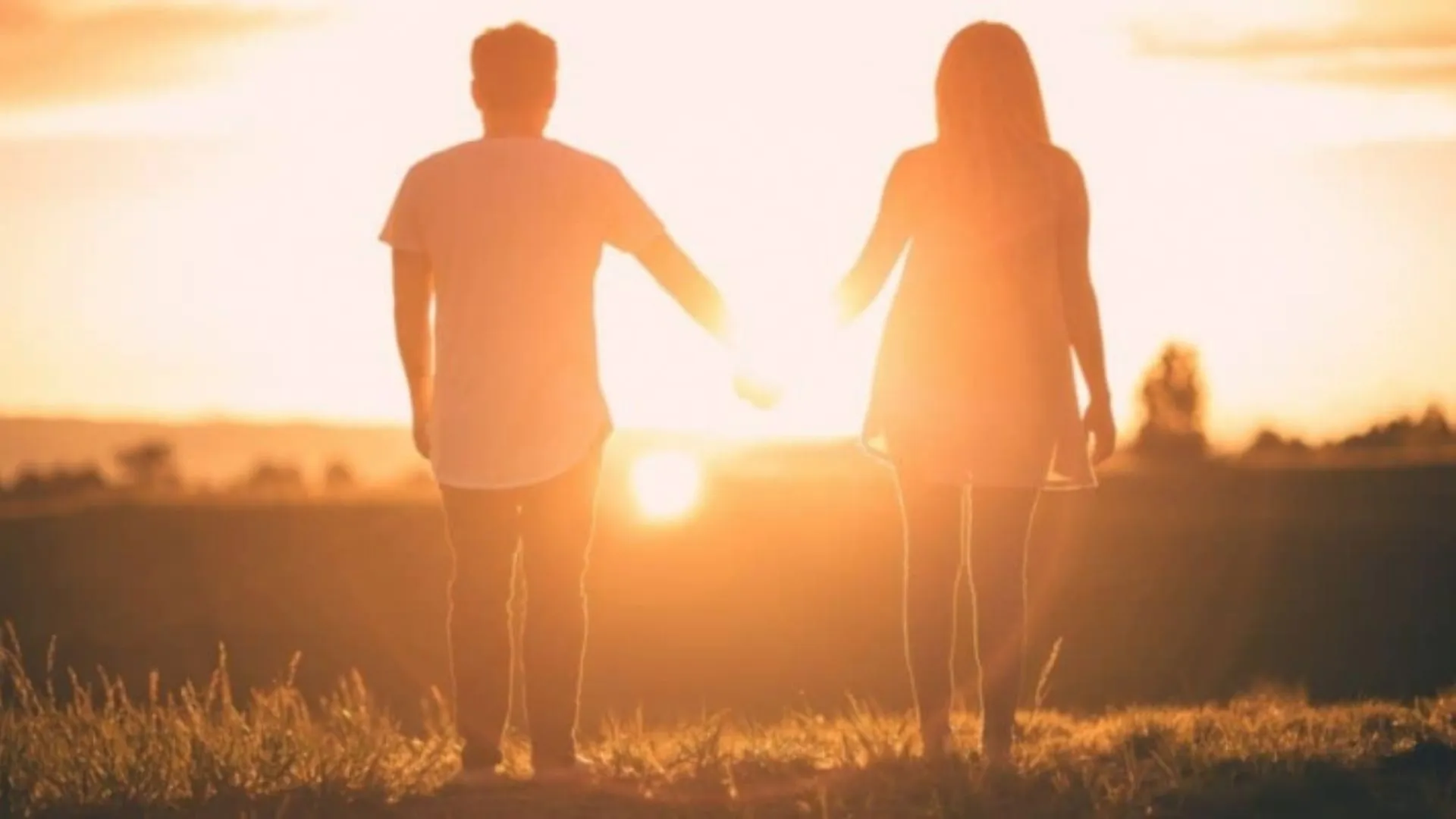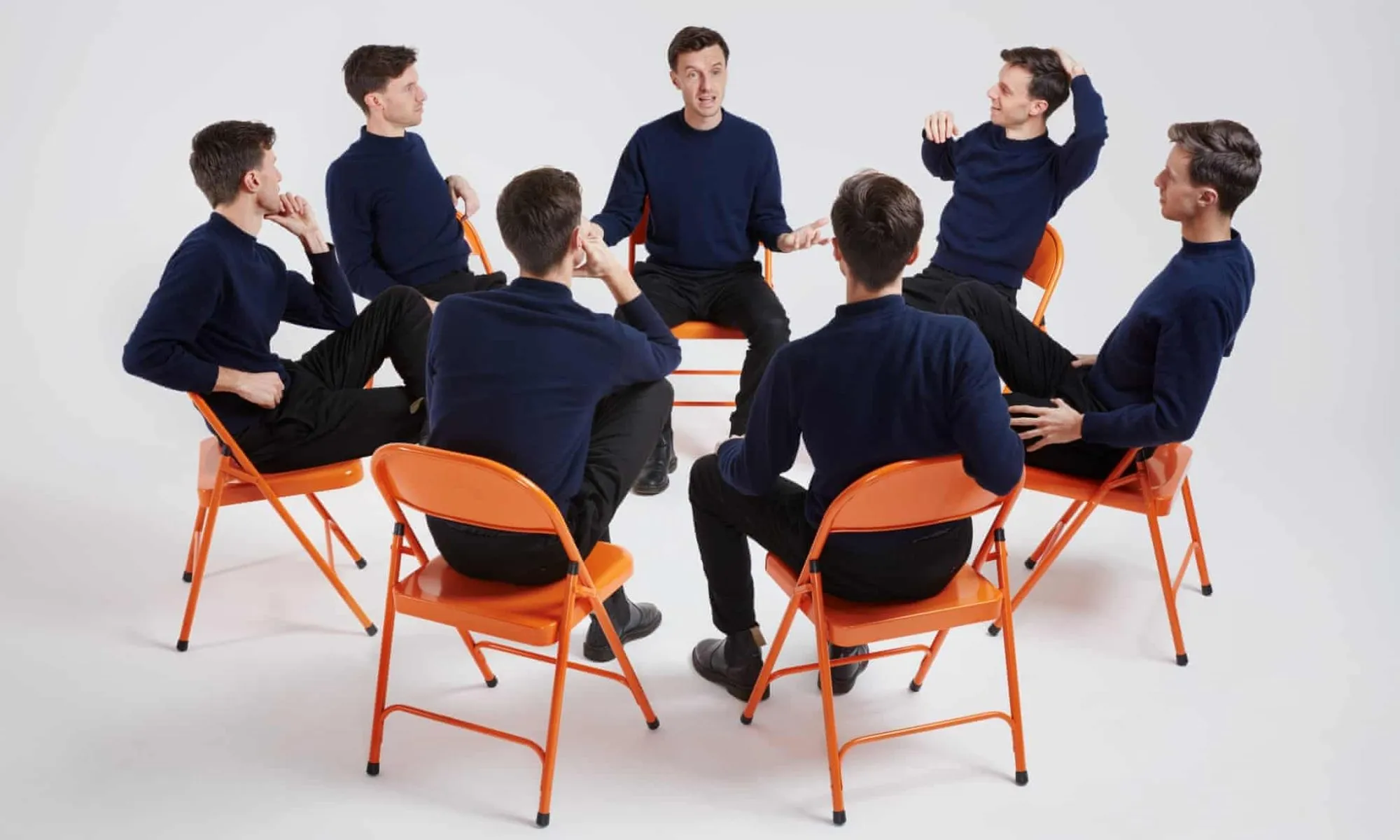Amidst the lush green coastal areas of Kerala, where coconut palms sway in the breeze and the air is filled with the scent of spices, a centuries-old martial art form has quietly flourished over centuries. Kalaripayattu, often referred to as the mother of all martial arts, is a captivating blend of physical prowess, cultural heritage, and spiritual depth.
In recent years, this ancient art form has been experiencing a renaissance, captivating the world with its graceful yet powerful movements. This combat sport has made its debut in the ongoing 37th edition of the National Games in Goa, where 224 athletes from 16 states in the country participated.
“It is indeed the mother of all martial arts. There is no doubt about that. It has been a huge honour for all of us that we got a chance to showcase this unique sporting event at the National Games in Goa,” said Adv. Poonthura Soman, Secretary General, Indian Kalarippayattu Federation.
“Kalarippayattu was included as a demonstrative sport in the 2015 National Games hosted by Kerala. We were all under the impression that we would see another National Games in 2016 but that did not happen. So, we had to wait till this year to be able to see Kalarippayattu getting its due recognition of a competitive sport,” he added.
A Glimpse into the Past
Kalarippayattu traces its origins back more than 3,000 years in Kerala. The name itself is derived from two Malayalam words, “kalari” meaning battlefield and “payattu” meaning fight. Developed by the warrior class, it was designed as a means of self-defence and combat training. Kalarippayattu was a well-kept secret for many centuries, only passed down from guru to disciple in hidden training grounds that are known as kalari.
The sport flourished in the 11th century AD during the rule of the powerful dynasties of Cholas, Cheras, and the Pandyas. However, during the British rule, the sport was banned for the fear of revolution. It was in the year 1955 with the introduction of the Indian Kalarippayattu Federation (IKF), the combat sport gradually regained its popularity as part of the initiative to promote traditional art forms in the southern part of India.
“We are thankful to the Government of India for giving us the recognition which we truly deserved for a long time. A sport like Kalarippayattu, which is deeply ingrained into the Indian ethos and culture, deserves to be promoted so that more youth take active interest in it,” Soman said.
“In 2016, UNESCO included Kalaripayattu on its Representative List of the Intangible Cultural Heritage of Humanity, highlighting its cultural significance and the need to preserve it for future generations,” he further added.
The Dance of Warriors
One of the most captivating aspects of Kalarippayattu is its artistic and fluid movements. Practitioners seem to glide gracefully through the air, demonstrating a striking combination of strength, agility, and coordination. This dance-like quality is not coincidental; Kalarippayattu has a rich tradition of incorporating graceful movements into its martial repertoire.

